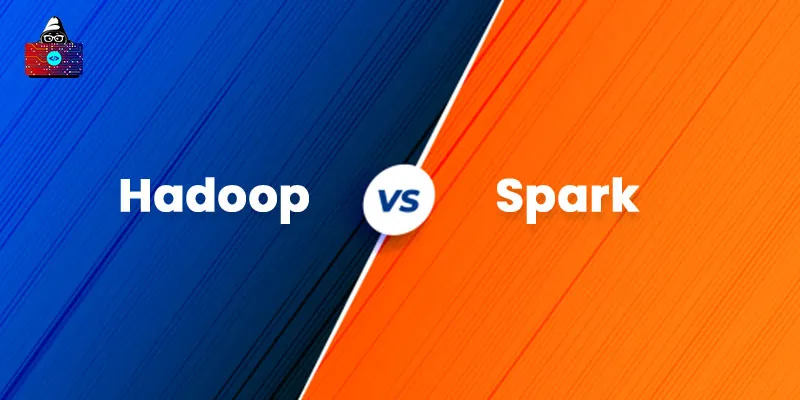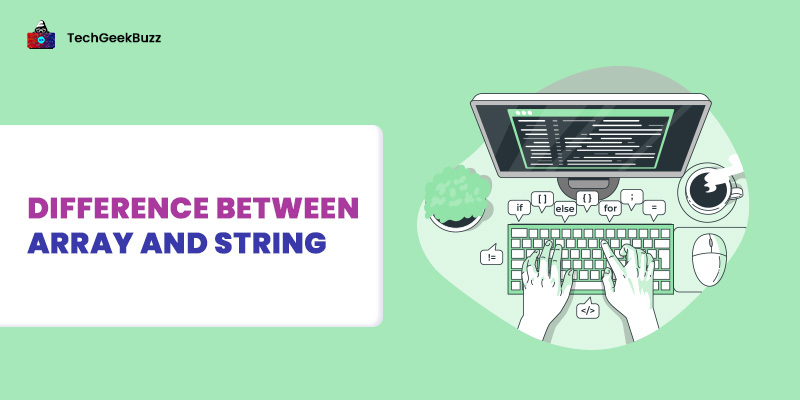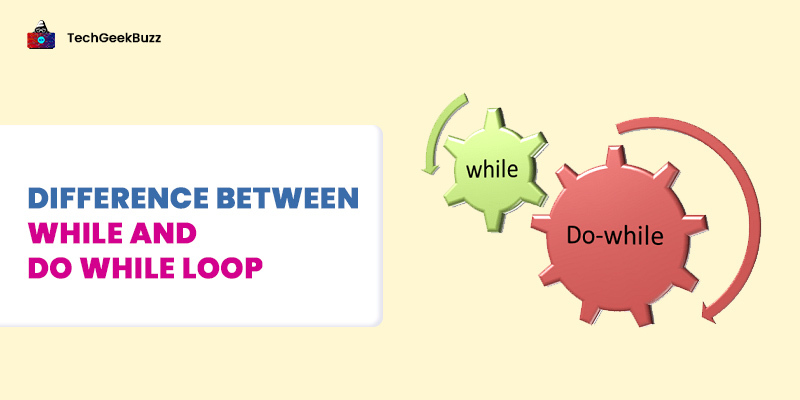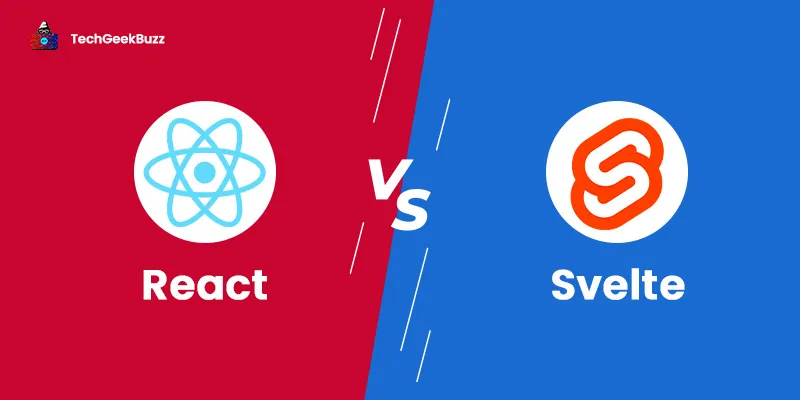With the continuous generation of large volumes of structured and unstructured data, there arose the need for robust frameworks that can process such data efficiently in less time.
The two popular and widely used frameworks for processing big data are Apache Spark and Hadoop, and both these frameworks are the products of the Apache Software Foundation. While both Spark and Hadoop frameworks are used for processing big data, the major difference lies in the approach to processing data.
This article will help you to get acquainted with the key differences between Hadoop and Apache Spark. But before it, we will walk you through a brief introduction of Apache Hadoop and Spark along with their respective ecosystems.
What is Apache Hadoop?
Apache Hadoop is an open-source big data framework used to store and process data sets of sizes ranging from gigabytes to petabytes. It utilizes a network or cluster of computers or nodes to enable distributed storage and processing of data. Also, Hadoop uses a programming model called MapReduce. This framework is a scalable and cost-effective solution for processing vast amounts of structured, semi-structured, and unstructured data.
The Hadoop Ecosystem
Hadoop splits an input data set into smaller chunks or modules called input-splits and distributes them across multiple machines in a Hadoop cluster. There are four primary components of the Hadoop ecosystem, as explained below:
- Hadoop Distributed File System (HDFS): HDFS is the primary component of the Hadoop ecosystem that stores structured and unstructured data across multiple nodes in a Hadoop cluster. It has two sub-components, namely Name Node and Data Node. Data Nodes in Hadoop are commodity hardware that stores data, and Name Nodes contain the metadata of that data.
- Yet Another Resource Negotiator (YARN): YARN is a resource manager that manages resources across multiple machines in a Hadoop cluster. Also, it is responsible for allocating resources to applications and scheduling tasks.
- Hadoop MapReduce: MapReduce is the heart of the Hadoop ecosystem, and it is a data processing unit. It involves two primary functions, namely Map() and Reduce(). The Map() function sorts and filters data and then map the data in the form of key-value pairs called tuples. Later, the Reduce() function takes those tuples, combines them, and reduces them into a smaller set of tuples.
- Hadoop Common: It is a collection of utilities and libraries that support all the above three components of the Hadoop ecosystem.
What is Apache Spark?
Apache Spark is a general-purpose, open-source data processing engine that can process extremely large volumes of data sets. Like Hadoop, Apache Spark also distributes data processing tasks across several nodes. As mentioned earlier, the major difference between Hadoop and Spark lies in the approach to processing data. Instead of using a file system to process data, Apache Spark uses Random Access Memory (RAM).
The Spark Ecosystem
Apache Spark supports batch processing, real-time processing, machine learning , graph computation, and interactive queries. Resilient Distributed Dataset (RDD) is the data structure of Apache Spark. There are five core components of Apache Spark, as mentioned below:
- Spark Core: The heart of Spark is Spark Core. It is an execution engine responsible for scheduling tasks and coordinating input/output (I/O) operations. All other Apache Spark components are built on top of Spark Core.
- Spark SQL: It is used for processing structured data. Spark SQL enables querying data using Structured Query Language (SQL) and Hibernate Query Language (HQL).
- Spark Streaming: This component supports the scalable processing of streaming data. Also, it performs streaming analytics using Spark Core’s fast scheduling capability. Spark Streaming accepts data from multiple sources and splits it into micro-batches for processing.
- MLlib: It is a library containing a set of machine learning algorithms, including clustering, correlations, hypothesis testing, classification and regression, and principal component analysis.
- GraphX: It is a library that enables the creation, manipulation, and analysis of graph-structured databases.
Hadoop vs Spark
The table below highlights all the key differences between Apache Spark and Hadoop frameworks based on several parameters:
| Parameters | Hadoop | Apache Spark |
| Approach | Hadoop performs data processing by reading the data from the cluster, performing operations, and writing the results back to HDFS. Therefore, it involves multiple sequential steps. | Apache Spark performs data processing in a single step. It uses RAM for data processing, which eliminates the number of disk reads and writes. To put it simply, Spark reads the data from memory, carries out operations, and writes the results back to memory. |
| Performance | The performance of Hadoop is relatively slower than Apache Spark because it uses the file system for data processing. Therefore, the speed depends on the disk read and write speed. | Spark can process data 10 to 100 times faster than Hadoop, as it processes data in memory. |
| Cost | Hadoop is more expensive than Apache Spark as it uses commodity hardware for data processing. | As Apache Spark performs in-memory processing, it also becomes expensive due to the RAM requirement. |
| Components | There are four core components, namely HDFS, YARN, MapReduce, and Hadoop Common. | Apache Spark has five core components, namely Spark Core, Spark SQL, Spark Streaming, MLlib, and GraphX. |
| Data processing | It is ideal for batch processing. | It supports real-time processing, batch processing, machine learning, graph computation, and interactive queries. |
| Fault tolerance | Hadoop achieves fault tolerance through data replication. The failure of a single node does not affect Hadoop’s functioning. | Apache Spark achieves fault tolerance using Resilient Distributed Dataset (RDD). |
| Language support | This framework supports Java and Python programming languages for writing MapReduce code. | This framework provides APIs in multiple languages, such as Scala, Python, Java, and R. |
| Security | Hadoop is comparatively more secure than Apache Spark as it uses Kerberos, which is a network authentication protocol. | It is less secure than Hadoop as it only supports shared secret password authentication. |
| Resource management and scheduling | This framework does not have a built-in resource manager. It depends on YARN for managing resources and Oozie for scheduling tasks. | Spark has built-in tools for resource allocation, task scheduling, and monitoring. |
Conclusion
As Apache Spark is comparatively faster and offers in-memory processing, it is the preferred choice over Hadoop these days. However, we can use Apache Spark in conjunction with Hadoop to perform real-time and speedy data processing. Apache Spark does not have any file system, but it can read and process data from other files systems. Therefore, it is not always necessary to use Hadoop with Spark; Hadoop is just one of the ways to implement Spark.
We hope that this write-up helped you develop a good understanding of all the major differences between Apache Spark and Hadoop. Also, if you have any thoughts or suggestions regarding the Hadoop vs Spark topic, feel free to share them with others in the comment section below.
People are also reading:





Leave a Comment on this Post